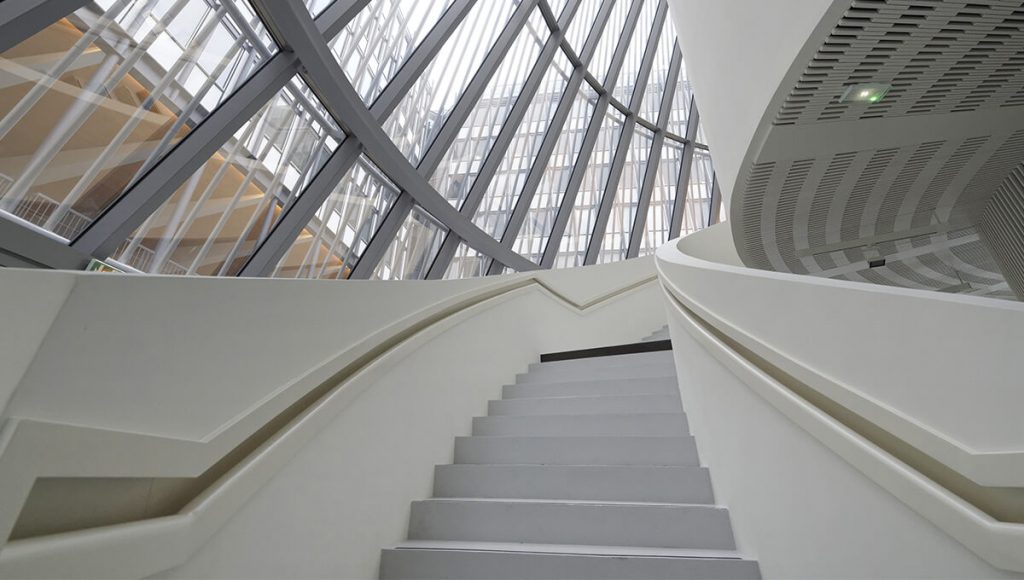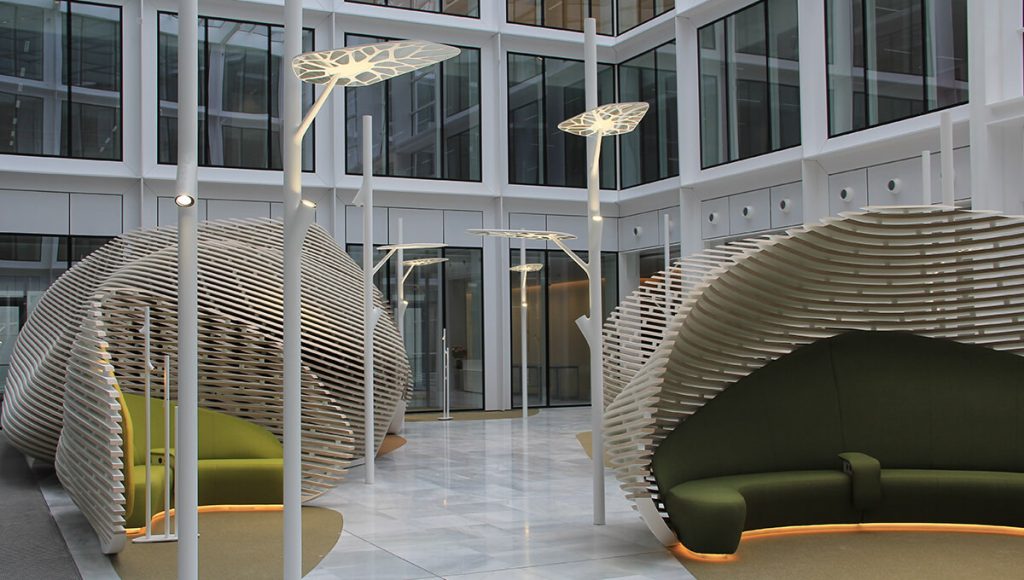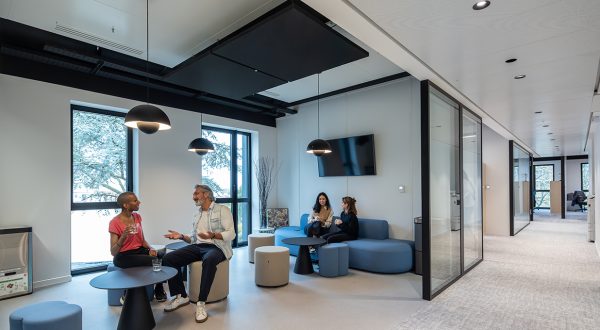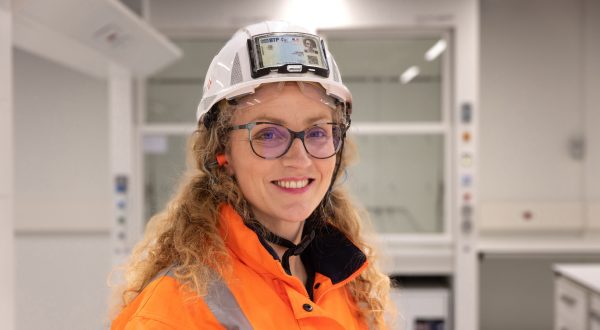
© VINCI Energies
Using a pay-as-you-go system for a ready-to-use workspace is becoming more pertinent to businesses than renting floor space. This as-a-service approach must be integrated at the design stage of future buildings.
The uberisation of the economy is forcing businesses to accelerate the adoption of digital technology, not just in terms of information system updates and big/smart data integration, but also in terms of habits and human relationships.
It’s more of a cultural revolution than a transformation in IT behaviours. Collaboration, roaming, disruption, social media, interoperability, simplicity and agility are the key words from this paradigm shift that are leading businesses to rethink their property approach.
“Businesses wonder the relevance of a conventional commercial lease, whose inflexibility and content don’t meet all needs in the current context,” says David Ernest, Innovation & Energy Director at VINCI Facilities, before adding: “What they want is to have a particular working environment for a given number of people and a fixed period of time.” The pay-as-you-go model for ready-to-use space may become more relevant than renting square metres.
Plug-and-Play model
The capacity to continuously adapt resources must no longer be the sole preserve of start-ups. Agility is a key competitiveness factor for businesses, which must be able to innovate and react just as easily as its young challengers.
“For example, a company with unoccupied floor space will be able to let it on a serviced basis for a limited amount of time. Conversely, a company moving into a building will allow for additional floor space in order to let service areas which, if necessary, will enable it to spread out when the times comes,” points out David Ernest.
This modular and scalable approach will be all the easier to implement since building contractors will have integrated it at the design stage.
“It’s with this in mind that VINCI Energies designs its buildings, so that they are ready to receive all types of service,” says Arnaud Scalbert, Director in charge of the animation of Service Sector Network in France, VINCI Energies, who believes that the key aspects of a real plug-and-play service delivery model are simplicity and interoperability.
Well-being
With the building-as-a-service model, “it’s no longer a case of the client renting floor space but of buying services,” resumes David Ernest.
VINCI Facilities has a number of strengths in this area. Backed by a network of 120 companies, its strong presence across its sites means it is already in a position to manage issues such as multi-technical maintenance, front desk, cleanliness, waste streams, room bookings, mail, etc., for businesses.
The as-a-service approach has prompted it to fully integrate pooling and sharing practices and pay-as-you-go systems so that, in the future, it can manage flexible workspaces for its clients and cover the entire range of personal services, from dry-cleaning, massage and travel arrangements to organic food baskets.

© VINCI Energies
The “cultural revolution” linked to digital technology requires redefined living and working patterns that fit with horizontal relationships, social media and a collaborative spirit. To engage with the young graduates who will invent the “Ubers” of tomorrow by working their way, the concept of well-being must become part of the HR and property equation.
This well-being data is reflected in the WELL standard, which includes topics that will run through the building-as-a-service model such as water, nutrition, light, fitness, comfort, air and the mind.
12/10/2016


